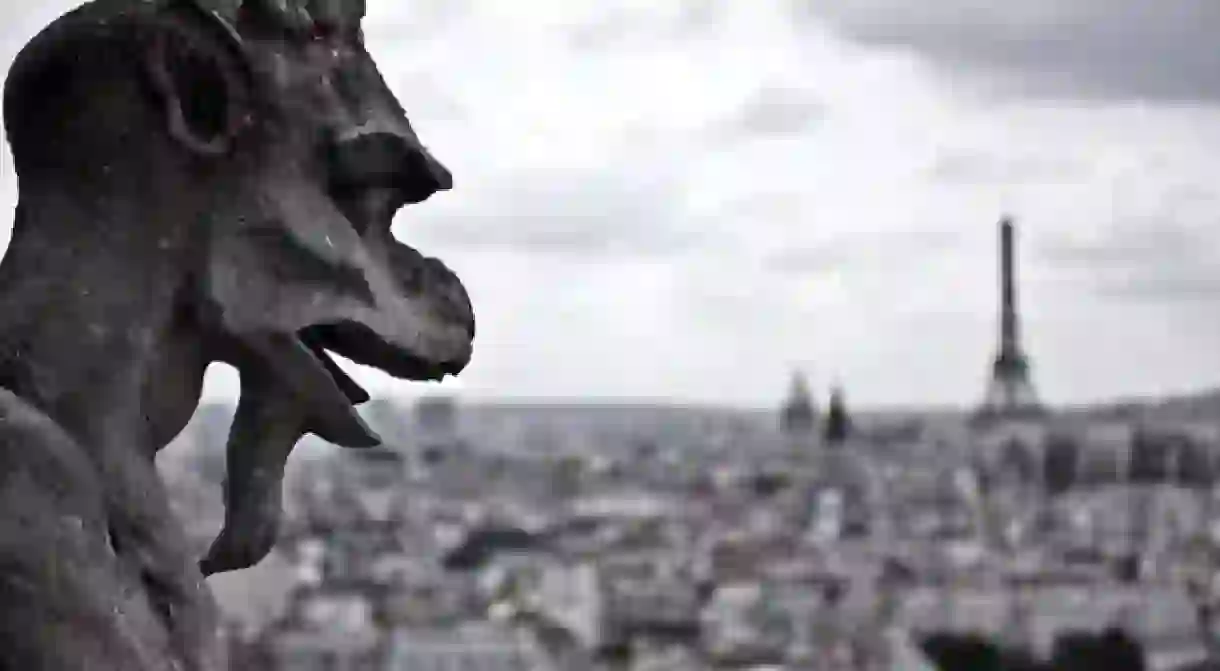Discover a Sinister Side of Paris That Haunts Émile Zola's Renowned Novel

Paris today is viewed as one of the most beautiful cities in the world, but 19th-century French literature tells a completely different tale. Its sinister backstreet tales and deathly fascinations will make your hair stand on end.
Thérèse Raquin is a renowned novel by the French writer Émile Zola, first published in 1867. It explores the lust, madness, and murder of Paris through the plot of a love affair. Thérèse, married to Camille, engages in a turbulent passion with his friend Laurent, an affair that eventually drives them to murder Camille.
The morgue used to be a favorite day out for Parisians
The novel sheds light on a shocking phenomenon of 19th-century Paris, when people would visit the morgue with the same excitement as visiting the theatre. Zola describes how “visitors would clap their hands” during this “spectacle” of death, and how even the women would gaze at the corpses “like in front of new shop-window displays.”

The morgue in Paris first opened its doors to the public in 1804 on Ile de la Cite, and was known as the “only free theatre in Paris.” It then moved to a larger building behind Notre Dame in 1864, where a memorial can now be found.

When Zola writes about the public visiting this place, he’s trying to normalize the curiosity for death and suggest there’s a beauty at the heart of decadence and dis-figuration. He’s also showing how death used to be a uniting force that brought the Parisian community together: “both the rich and poor, the workers and the ladies in their silk dresses.”
The beautiful river Seine hides a dark secret
Building a morgue behind the Notre Dame cathedral was the perfect position. Not only was it conveniently central for inter-city transportation, but also for new discoveries. Notre Dame is located right beside the Seine and bodies were constantly being fished out from the river during this period.

In the novel, Zola adds a murderous twist when the lovers are debating on how to carry on their affair. Thérèse comes up with the idea of killing Camille, which they achieve by drowning him during a boat trip.
When Camille’s body is later discovered, it explains the curious mystery behind why a morgue would be open to the public in the first place—because police relied heavily on the public to help with identification in this era.

The storyline points to the dark past that has largely been forgotten in contemporary Paris, and proves that the River Seine isn’t as calm as it looks.
Dark passageways full of damp and danger
This shockingly darker side of Paris is unveiled from the very first chapter. Zola situates the action in Passage du Pont-Neuf and describes it as a sort of dark narrow corridor linking the Rue Mazarine to the Rue de Seine. Not only does he write about the more obvious dangers of these backstreets, such as mugging and murder, but also its health threats.

He writes about its “acrid dampness […] black with grime,” a passage so narrow that light “lurks miserably” and “casts only shadows over the slimy paving.” The beauty of his language contrasts fiercely with the ugliness of the conditions he’s referring to.
The passage is pointing to the sinister history associated with the poor sanitation of 19th century Paris. In 1832, Paris’s Hôtel Dieu hospital began to receive an unusual influx of patients.

The city soon surrendered to a six-month cholera epidemic that claimed the lives of 7,000 people in just two weeks, before claiming 19,000 lives in total.
Such traces of Paris’ sinister past would have almost been forgotten, if not for masterful works of literature like Emile Zola’s Thérèse Raquin.













